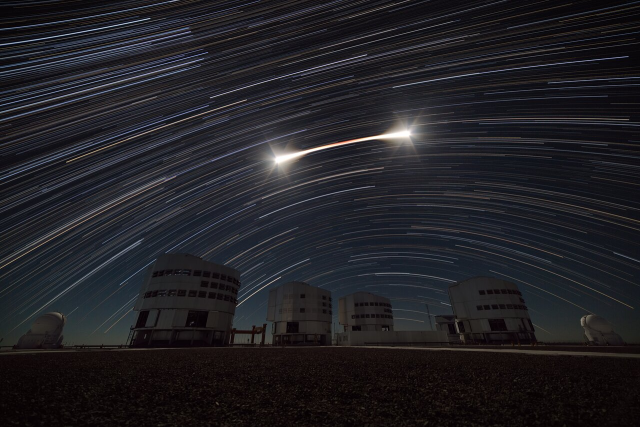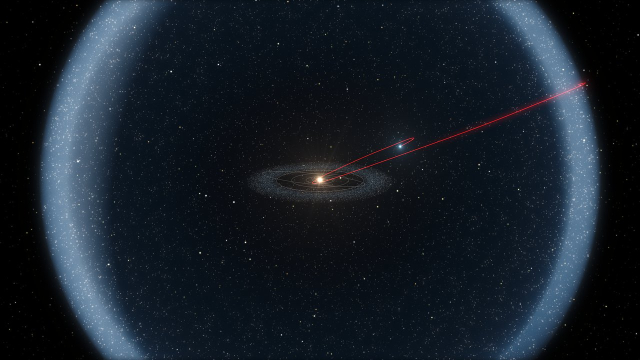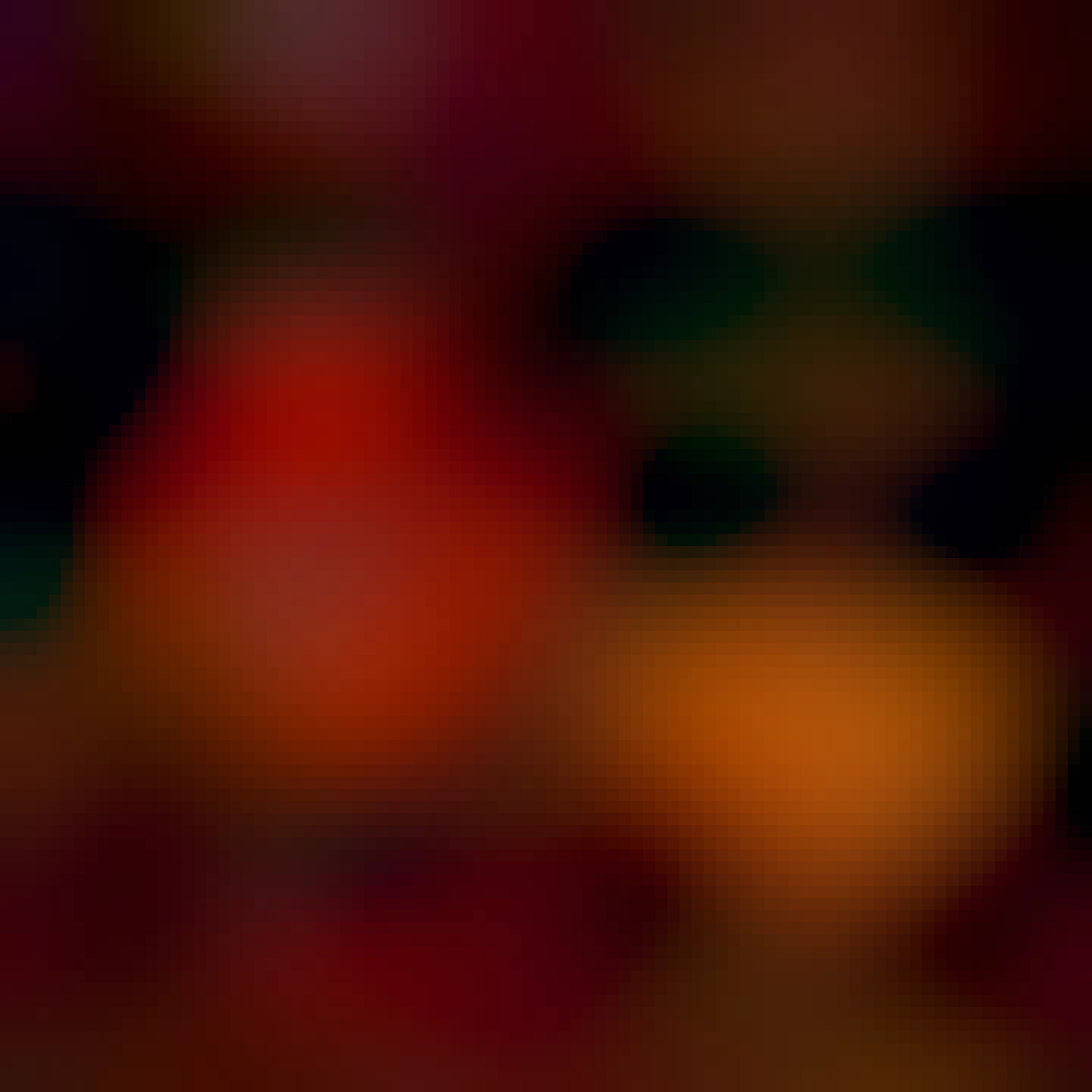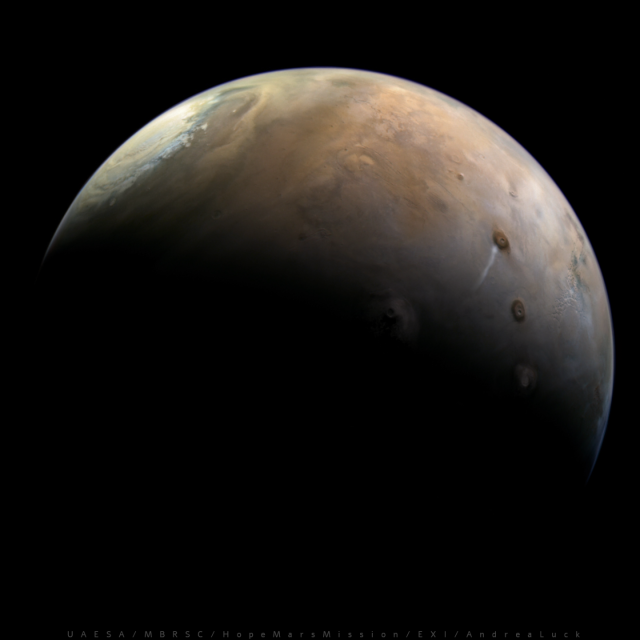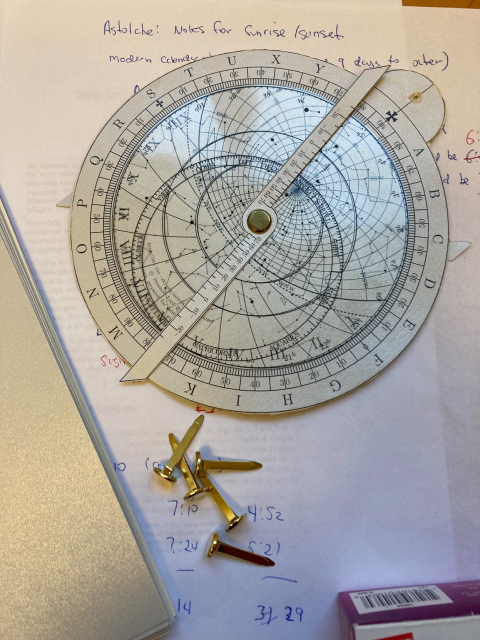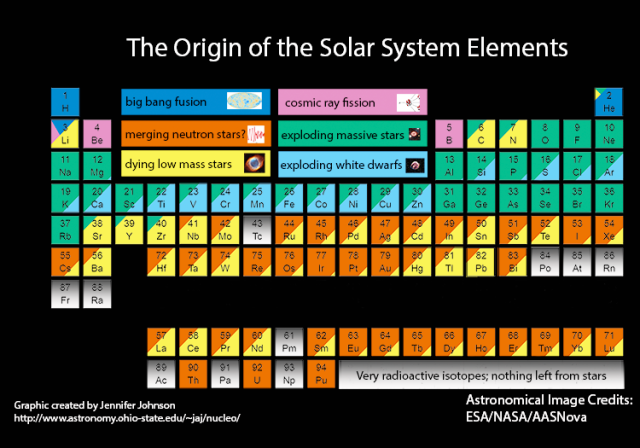Apparently the arXiv* is relocating from servers at Cornell University to Google Cloud. Putting all our eggs into Google's basket seems unwise, especially at this point in history.
This jobs listing gives a number of reasons for moving to the cloud, but to my inexpert eye it looks like they could do everything they want to do while remaining self-hosted. At the relatively modest scale of the arXiv the cloud really is just someone else's computer.
info.arxiv.org/hiring/index.ht…
It's worth noting that the arXiv used to have a network of mirrors, but they decided to shut down the last of those in September of last year. The explanation was that they were no longer worthwhile as the Cornell servers + CDN delivered better performance than the regional mirrors: info.arxiv.org/help/mirrors.ht…
The multi-site (and multi-country) backup provided by those mirrors does not appear to have been a consideration, because of course nothing bad would ever happen to an American university.
*The arXiv is a repository providing free access to pre-prints of academic papers in a range of fields across physics, maths, biology, computer science, etc. In some fields, including astronomy, it is the main way that researchers keep up to date with new publications in their area of research.



